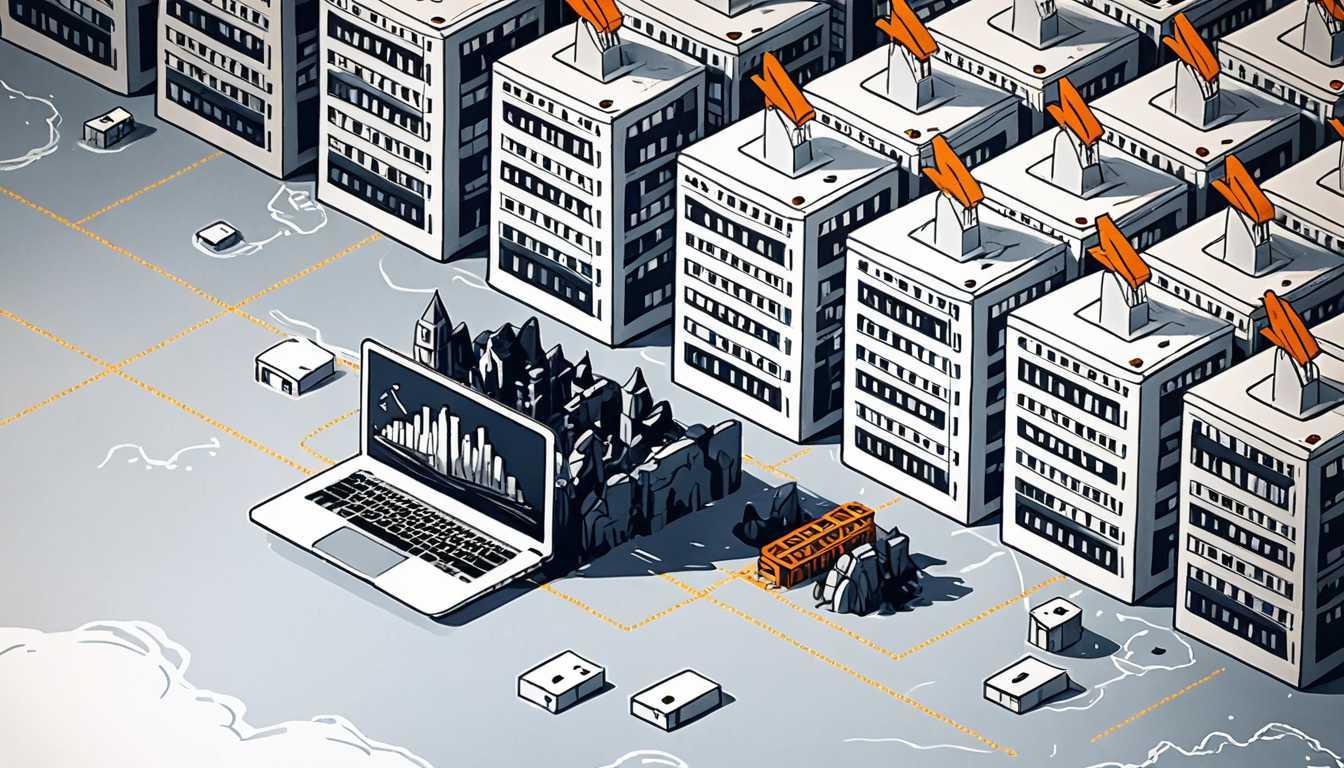Methane Hunters: The Satellite Revolution
February 2024
MIT Technology Review
Introduction
Ever wondered how we could spot invisible environmental villains from space? Thanks to a groundbreaking satellite using Google's AI, mapping methane leaks globally just got real! Launching in March, this high-tech eye in the sky, a collaboration between the Environmental Defense Fund and Google, promises to deliver the sharpest images of methane emissions yet. It's not just about spotting the leaks; it's about pinpointing who's behind them and pushing for change. Dive into the MIT Technology Review to see how this mission could be a game-changer in the fight against climate change.
READ FULL ARTICLEWhy It Matters
Discover how this topic shapes your world and future
Unveiling the Invisible - The Quest to Map Methane Leaks
Imagine having a superpower that lets you see what's invisible to the naked eye and has a huge impact on our planet. That's what the new satellite equipped with Google's AI aims to do by mapping methane leaks from space. Methane is a powerful greenhouse gas, responsible for about a third of the warming our planet is experiencing. This satellite mission, a collaboration with the Environmental Defense Fund, is a game-changer. It will provide the clearest picture yet of methane emissions, pinpointing where they're coming from and who's behind them. For you, living on this planet, it's crucial to understand how such technologies can help in the fight against climate change, making our world a safer place for future generations. This mission is not just about fancy tech; it's about taking real steps towards a sustainable future, showing how innovation can lead to actionable change.
Speak like a Scholar
Greenhouse Gas
A type of gas that traps heat in the Earth's atmosphere, contributing to global warming. Methane is a potent example.
Spectrometers
Instruments that measure the properties of light over a specific portion of the electromagnetic spectrum, here used to detect methane.
Artificial Intelligence (AI)
The simulation of human intelligence in machines that are programmed to think and learn like humans. Google's AI helps analyze satellite data.
Emissions
The release of substances (like gases) into the atmosphere. In this context, we're talking about methane emissions from oil and gas operations.
Sustainability
Meeting our own needs without compromising the ability of future generations to meet theirs. Mapping methane leaks is a step towards sustainability.
Collaboration
Working together to achieve a common goal. The partnership between Google, the Environmental Defense Fund, and other organizations exemplifies this.
Independent Research Ideas
The Role of AI in Environmental Protection
Explore how artificial intelligence can be used in various ways to monitor, analyze, and propose solutions for environmental issues.
Comparative Analysis of Greenhouse Gases
Investigate the impact of different greenhouse gases on global warming, focusing on methane's role compared to carbon dioxide.
Technological Solutions to Climate Change
Study different technological innovations aimed at combating climate change and assess their effectiveness and scalability.
Global Policies on Methane Emissions
Examine how different countries are addressing methane emissions through policy and regulation. What works, what doesn't, and why?
Public Awareness and Environmental Action
Research the impact of making environmental data (like methane leak locations) public. How does awareness drive action among communities, companies, and governments?
Related Articles

AI's Energy Crisis: Powering the Future
December 2024
MIT Technology Review

Generative AI: The Hidden Environmental Cost
January 2025
MIT News

Forecasting the Future: AI Meets Weather Science
July 2024
MIT Technology Review

Saving Lives: Africa's Weather Warning
August 2023
University of Cambridge

Exxon's Climate Contradiction: Science vs. Public
January 2023
Harvard Magazine